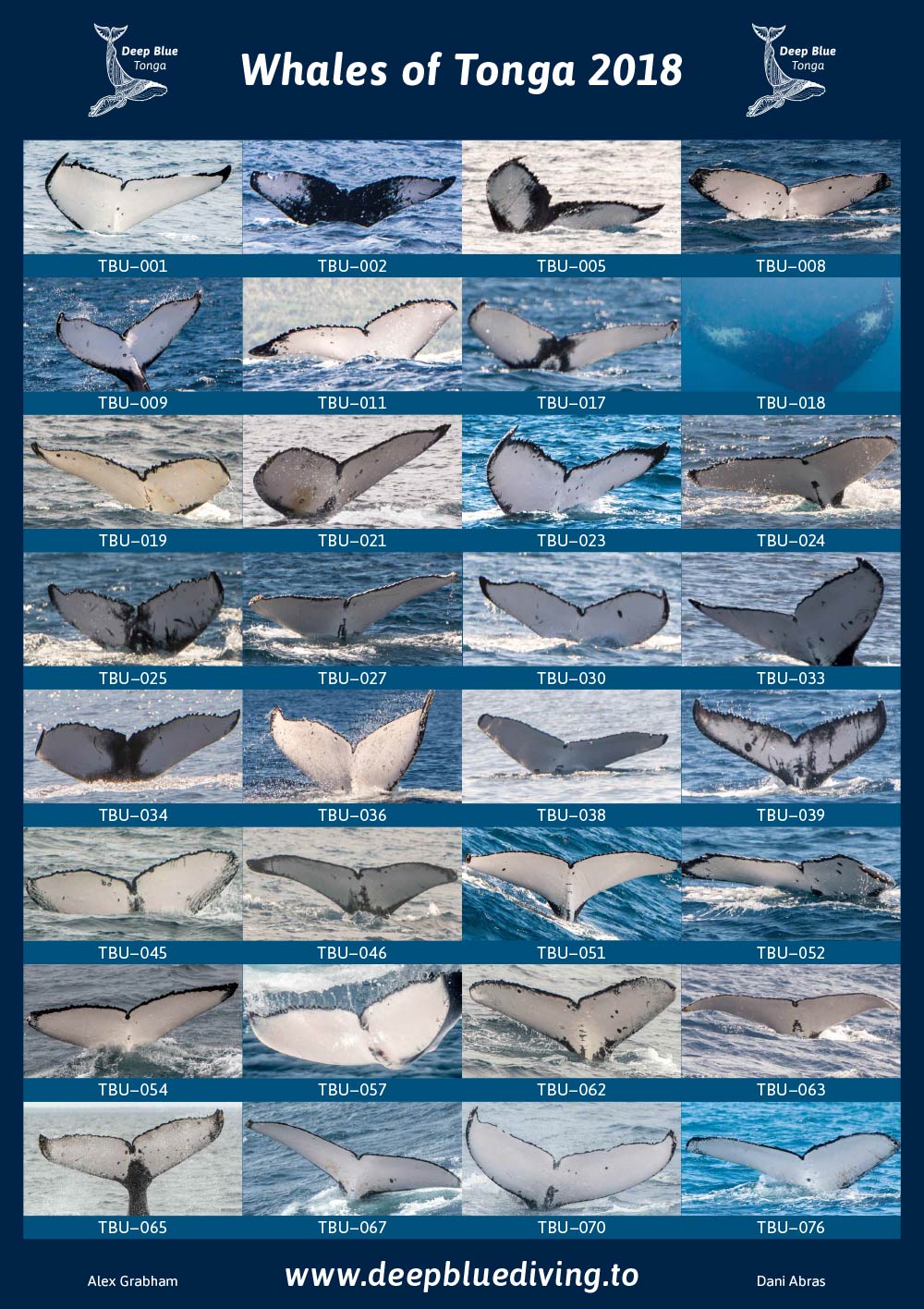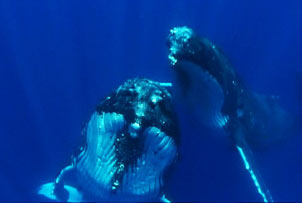Humpback Migration + Info
Humpback Whales have many distinct sub-populations which can generally be categorized into two main areas; the Southern & Northern hemisphere. Here in Tonga we receive the populations from the Southern. They travel from Antarctica every year between the months of May-November up to our warm, tropical waters for various reasons such as Mating, Giving Birth and Socializing. Females come up to give birth to a calf and the Males come up to mate with the females due to them going into post-oestrous which means they can fall pregnant before leaving our waters and coming back next year to give birth to the calf that was conceived the year before. A very important factor that we like to let our guests know is that the Humpbacks that come up to our waters do not feed whilst they are here. The calf gets nursed by the mother on her fat reserves that she builds from down south. This is extremely important as we do everything we can, to not expend any unnecessary energy from both males and females during the months they are visiting us. This means that if we see any behaviours that show they are uninterested and/or evasive, we will let them be, this is also because they will have to survive the journey back to Antarctica.
At the very beginning of the season, the whales arrive at the two most southern islands of ʻEua and Tongatapu, before any other islands in the Tonga group. Many of the whales stay in these two southern islands whilst others travel further north.
Humpback Behaviours
Humpbacks exhibit various behaviours whilst in Tonga, which are used for various reasons such as; Tools for communication, distraction, and expression of emotions. Some of the behaviours you may see are as follows:
- Breaching: When a whale propels their body out of the water
- Tailslapping: When they slap their fluke (tail) onto the water.
- Pectoral slapping (Pec slaps): When they slap their pectoral fins (fins located on the side of the body) onto the water. Can sometimes look like a waving motion.
- Bubble screen: When a whale blows air from their blowhole and creates a screen-like wall with bubbles.
- Trumpeting: Noise emitted from the blowhole that sounds like a trumpet
- Spy-hopping: When a whale vertically pokes its head out of the water; this behaviour is thought to give the whale a better vision of their surroundings.
- Heat run: When a female signal’s she may be ready to mate, she then lures males on a competitive chase where only the fittest/strongest male may successfully reproduce with the female.
Signs to look for when trying to spot a whale:
- Large splashes: From behaviours such as; Breaching, Tail/Pectoral slapping
- Blow: The mist of air that comes from the blowhole of the whale when it breathes. The ‘Blow’ consists of mucus and is also known as spume
- Footprint: A patch of water that is a glassy smooth circular patch, produced from the thrust of the whale’s fluke under water, this powerful motion of the thrust creates a vortex which in turn, creates the ‘Footprint’.
Every humpback can be recognised by its tail. Which of these 2018 visitors will you see again?

 HUMPBACK INFO
HUMPBACK INFO